Over the years, climate change has increased the risk of wildfires in the US. However, that is not the only reason behind some of the most devastating wildfires in the US’s history. Some of them happened due to poor management practices, too. Let’s look at the 17 most damaging wildfires in the US and their catalysts.
Thumb Fire, Michigan (1881)

This devastating blaze ripped through Michigan’s Thumb region on September 5, 1881. It was also known as the Great Thumb Fire or the Huron Fire. Several factors contributed to its destructive force, including drought, strong winds, scorching temperatures, and leftover debris from the Port Huron Fire of 1871. The Thumb Fire burned over a million acres in less than a day. Tragically, it killed an estimated 282 people.
Great Hinckley Fire (1884)
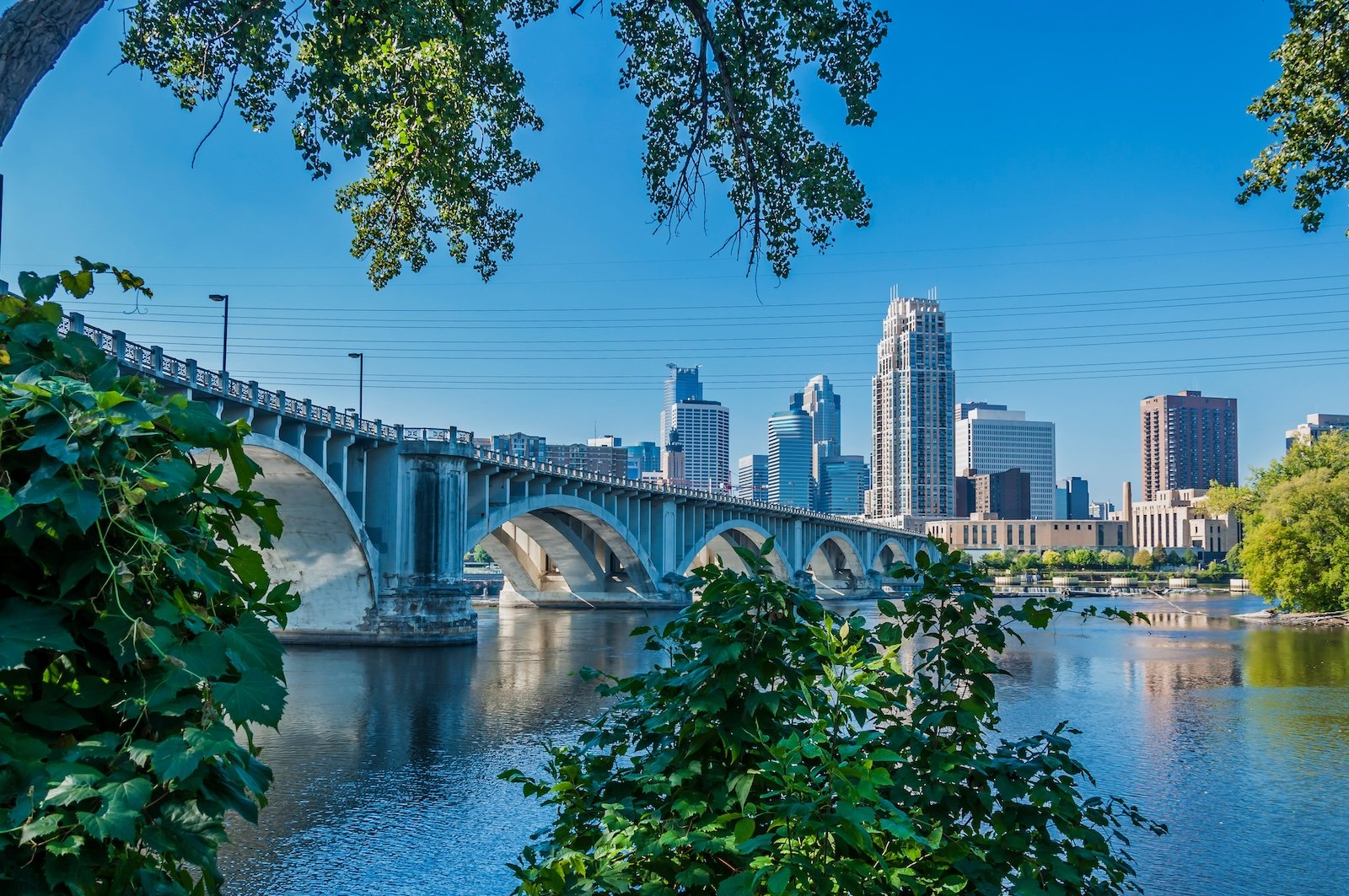
This horrific wildfire occurred in Minnesota in September 1894. Similar to the Thumb Fire, a combination of factors fueled its intensity. The factors included extreme dryness, high winds, and logging practices. These combined left behind flammable debris. The official death toll is 418, but estimates suggest the actual number could be much higher.
Peshtigo Fire, Wisconsin (1871)
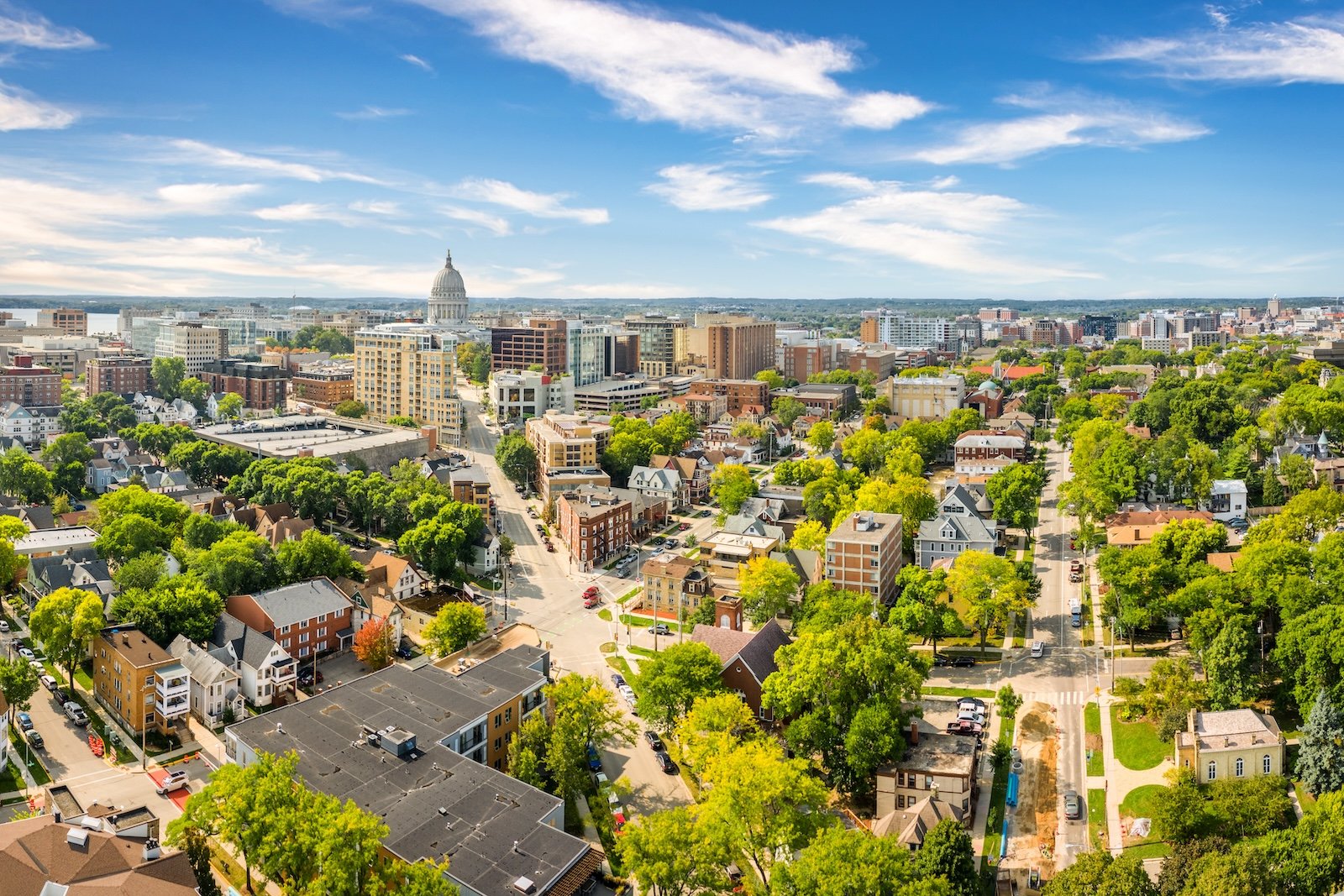
This horrific wildfire is considered the deadliest in recorded North American history. Occurring in October 1871, it ripped through Wisconsin and surrounding areas. On that note, it was a part of the Great Fires of 1871. Due to its speed and ferocity, it killed between 1500 and 2,500 people.
Great Michigan Fire (1871)
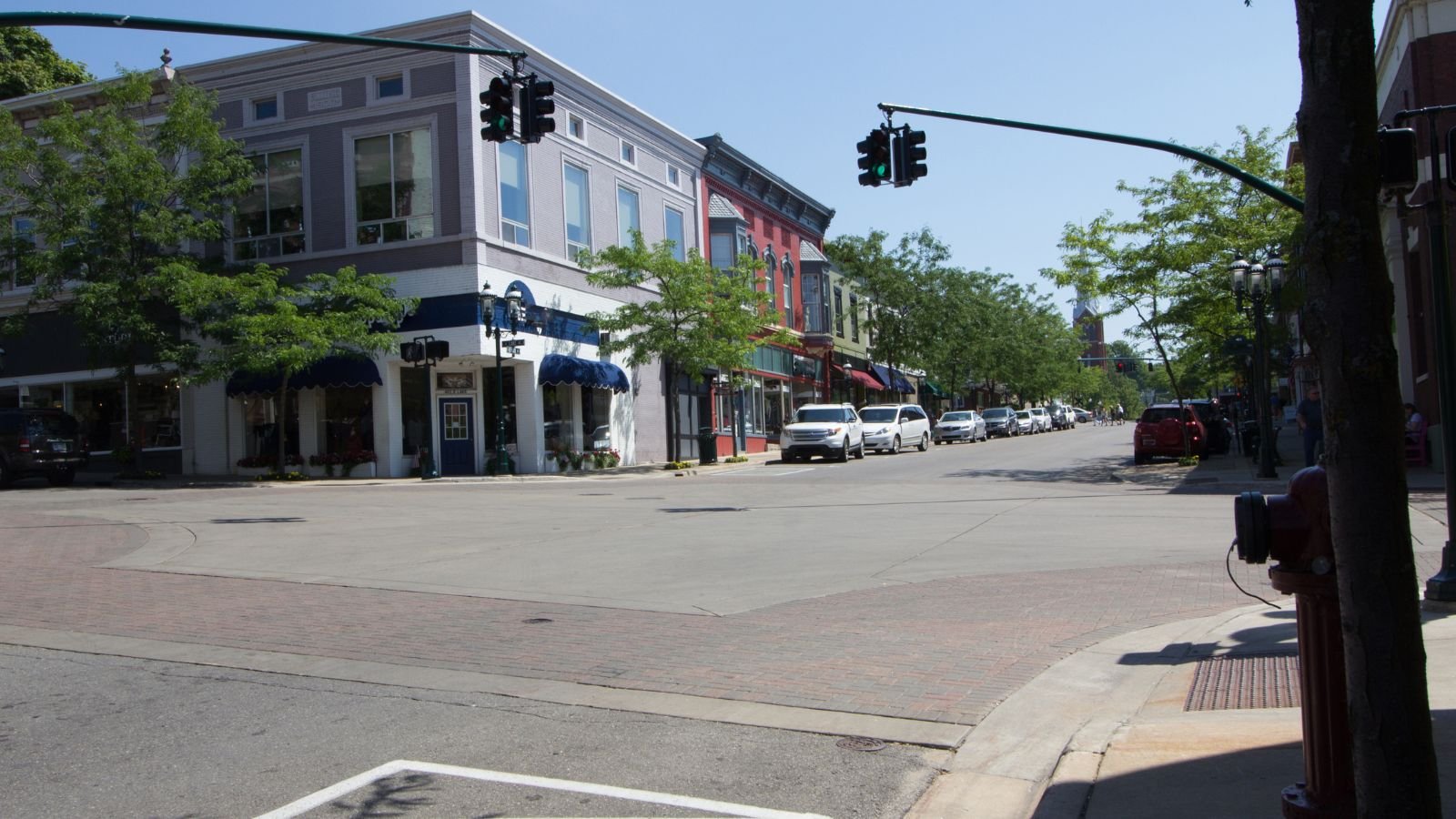
This massive fire was part of the wider Great Lake Forest Fire of 1871, which was a series of devastating wildfires that swept across Wisconsin, Michigan, and other areas. Occurring in October 1871, the Great Michigan Fire burned through the Lower Peninsula. This, in particular, impacted Manistee, Wexford, and Missaukee counties. Estimates suggest the fire consumed millions of acres and displaced thousands of residents.
Yacolt Burn (1902)

This wildfire ravaged southwestern Washington state in September of 1902. It is assumed that careless human activities triggered it. The Yacolt Burn scorched over 500,000 acres, mainly in Clark and Skamania counties.
The Great Fire of 1910, Connecticut

This massive wildfire is considered the worst in Connecticut’s history. On August 20-21, 1910, it was filled with dry conditions and strong winds. The fire ravaged over 3,00,000 acres across several towns. Thankfully, there were no reported fatalities. However, the fire caused widespread property damage and environmental impact.
Cloquet Fire (1918)

This horrific wildfire holds a tragic place in US history. It ignited in October 1918 in Cloquet, Minnesota, by sparks from passing trains. It spread rapidly due to arid conditions and strong winds. The Cloquet Fire consumed over a million acres of land. This tragically led to the death of 453 people.
Yellowstone Fires (1988)

This wasn’t a single fire but a season of significant wildfires in the summer of 1988. This series of wildfires erupted in Yellowstone National Park and surrounding areas, burning almost 793,880 acres. The fires sparked massive controversy back then, which ultimately shaped modern fire management practices within national parks.
Oakland Hills Fire, California (1991)

This devastating wildfire occurred in the Oakland-Berkeley Hills on October 19-20, 1991. Strong winds fueled the rapid spread of the blaze, which quickly turned into a firestorm. The Oakland Hills Fire consumed over 1,500 acres and destroyed over 3,000 homes and buildings. Tragically, the lives of 25 people were taken in this accident.
Alaska Fire Season (2004)
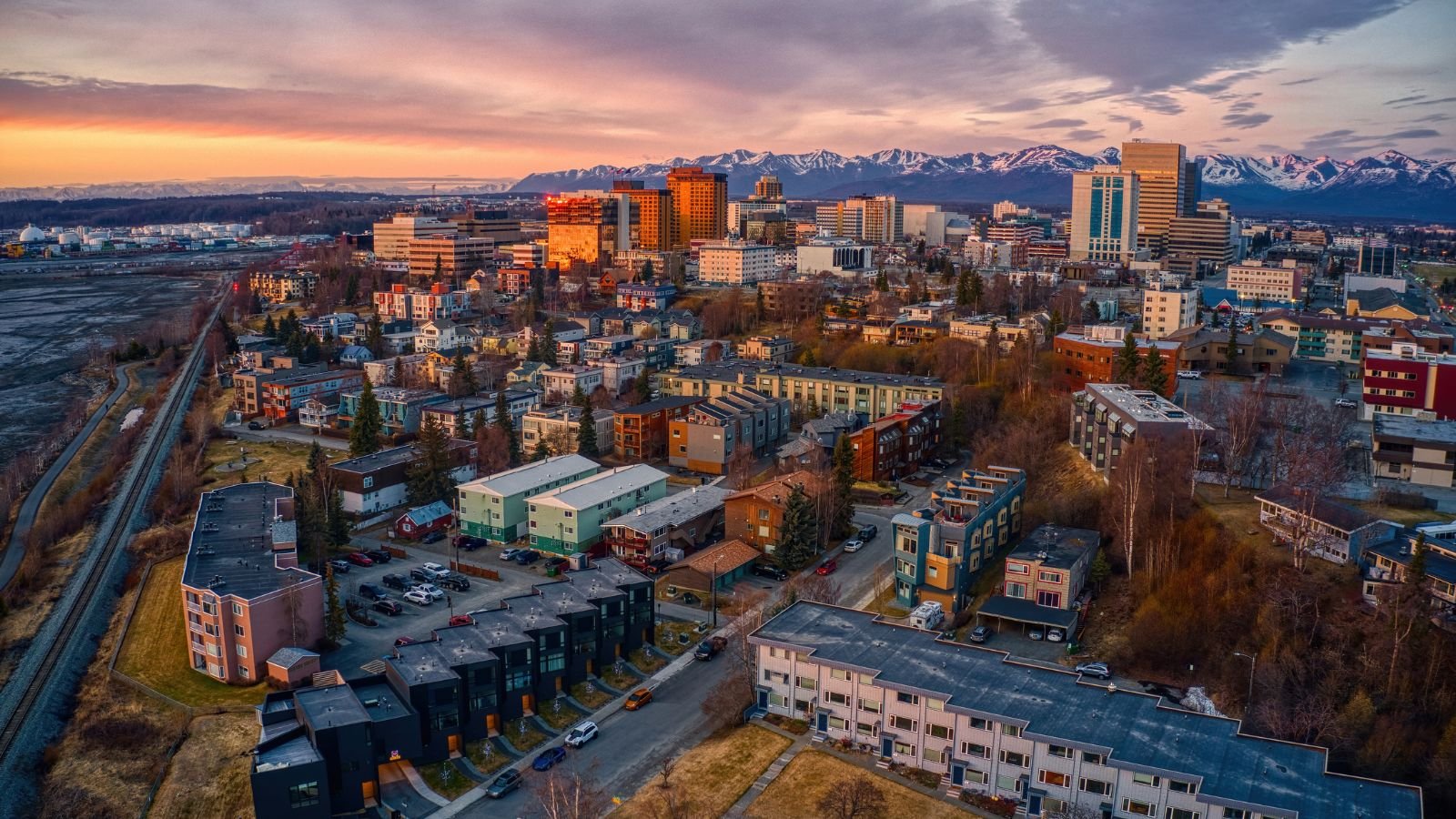
This fire season stands as the worst on record for the state of Alaska regarding total area burned. Throughout the summer of 2004, millions of acres burned across the state. This one individually destroyed around 6,600,000 acres.
Yarnell Fire, Arizona (2013)

This tragic wildfire occurred on June 28, 2013, near Yarnell, Arizona. The Yarnell Hill Fire tragically claimed the lives of 19 firefighters. It was the deadliest wildfire in Arizona’s history not to mention one of the deadliest for firefighters in the US.
Tubbs Fire, California (2017)
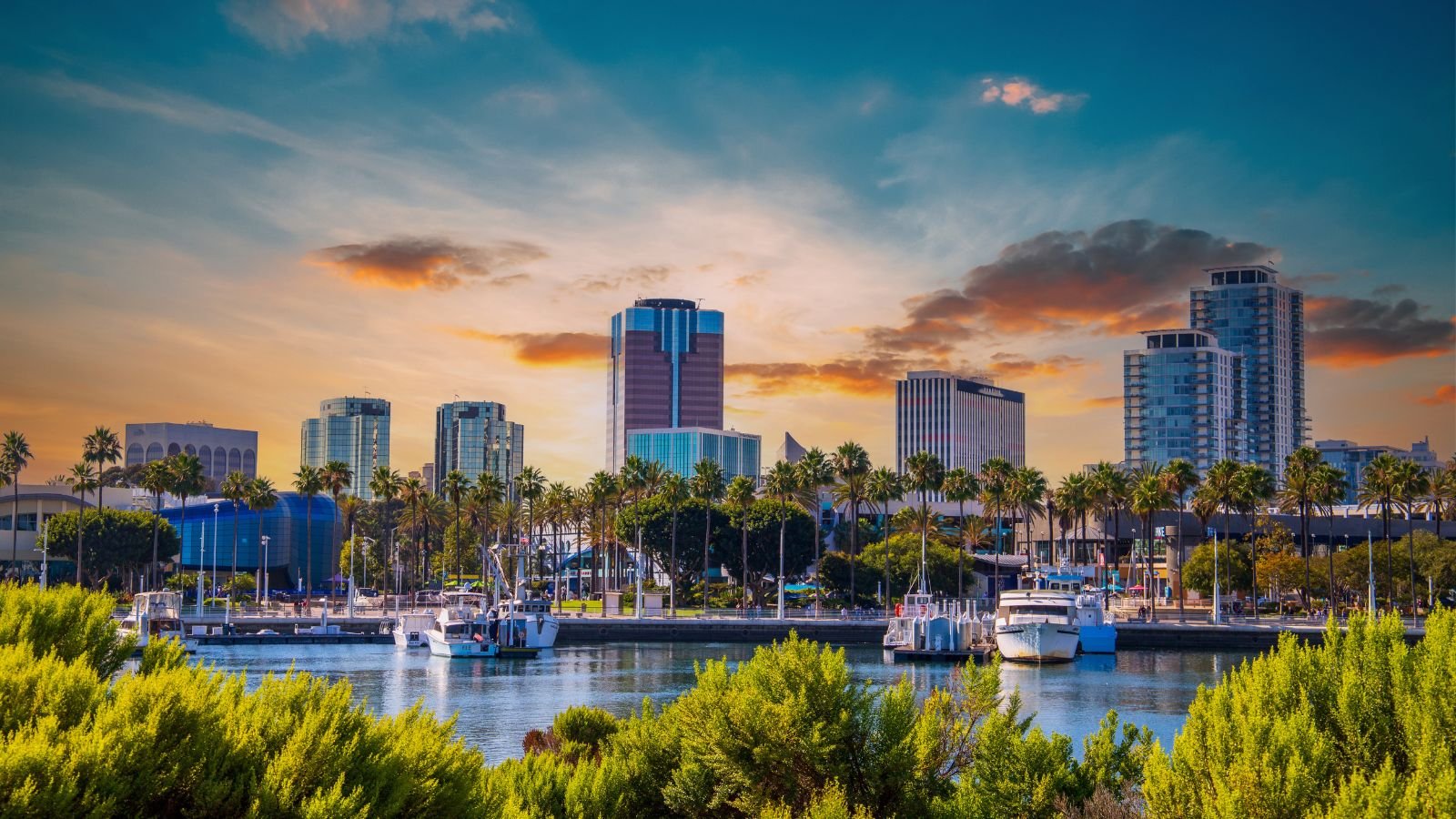
This wildfire erupted in Napa and Sonoma Counties, California, on October 8, 2017. It was caused by faulty private electrical equipment, making it the most destructive wildfire in California’s history. It burned over 36,800 acres and destroyed over 5,600 structures and also took the lives of at least 22 people.
Camp Fire, California (2018)
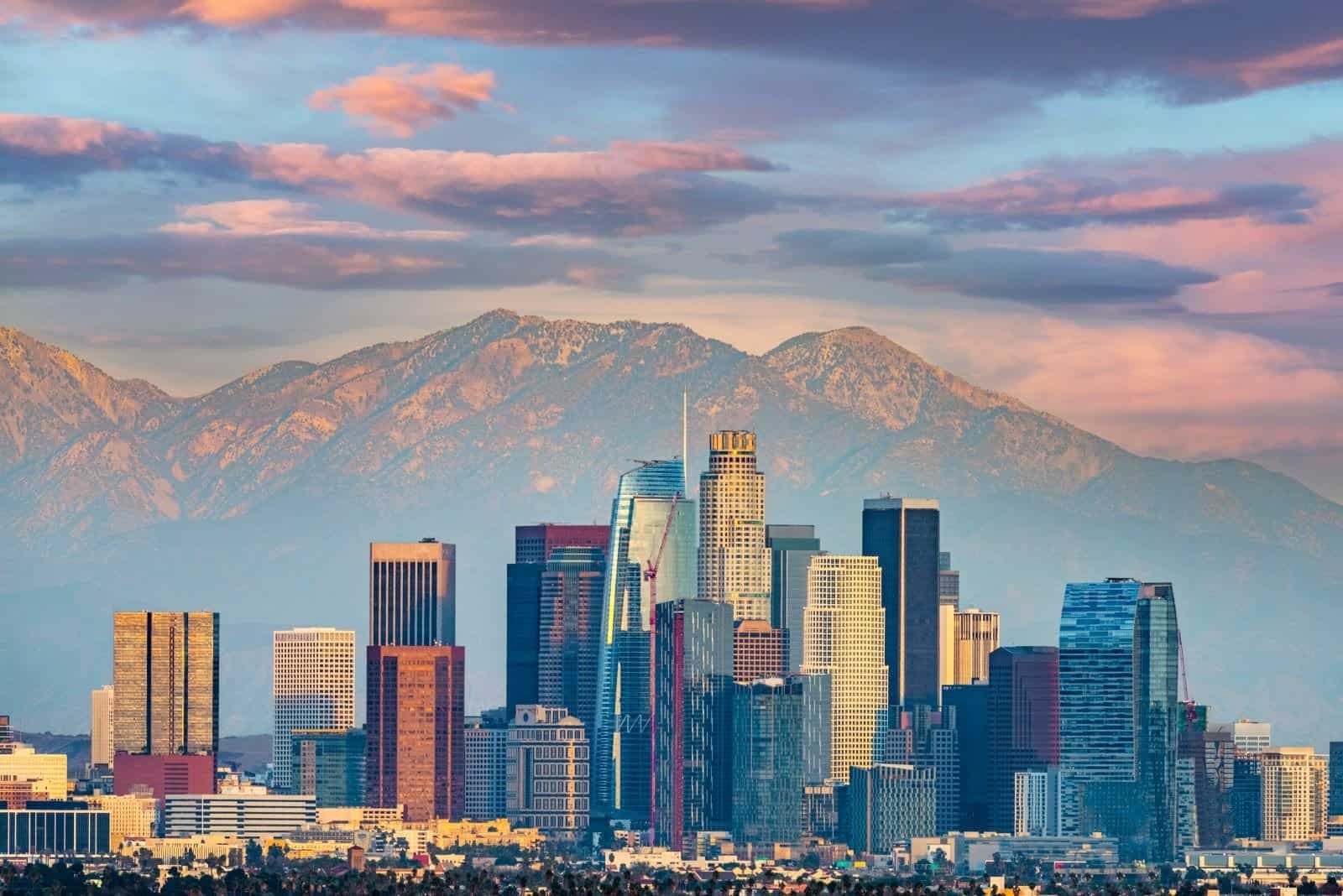
The Camp Fire ignited in Butte County, California 2018, was a devastating wildfire. It became one of the deadliest wildfires in California’s history, killing 85 people. The fire’s rapid spread and destruction of Paradise, California, significantly impacted the area.
Bay Area Fire, California (2020)
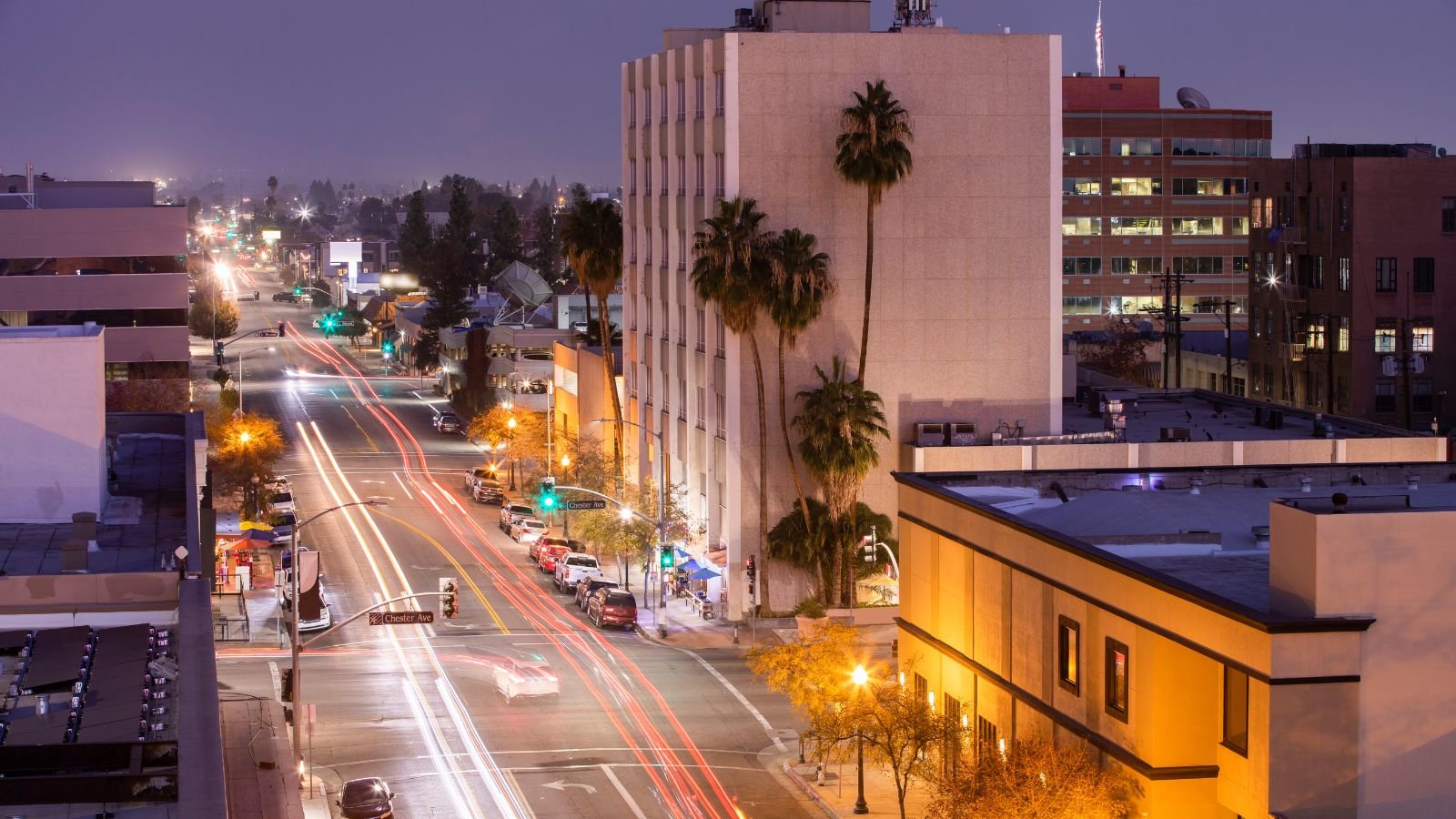
This wasn’t a single fire but a complex of multiple wildfires that ignited across the San Francisco Bay Area in August 2020. The largest fire within this complex was the CZU Lightning Complex Fire, followed by the LNU Complex Fire. The Bay Area Fires collectively burned hundreds of thousands of acres, destroyed thousands of structures, and resulted in several fatalities.
Dixie Fire, California (2021)
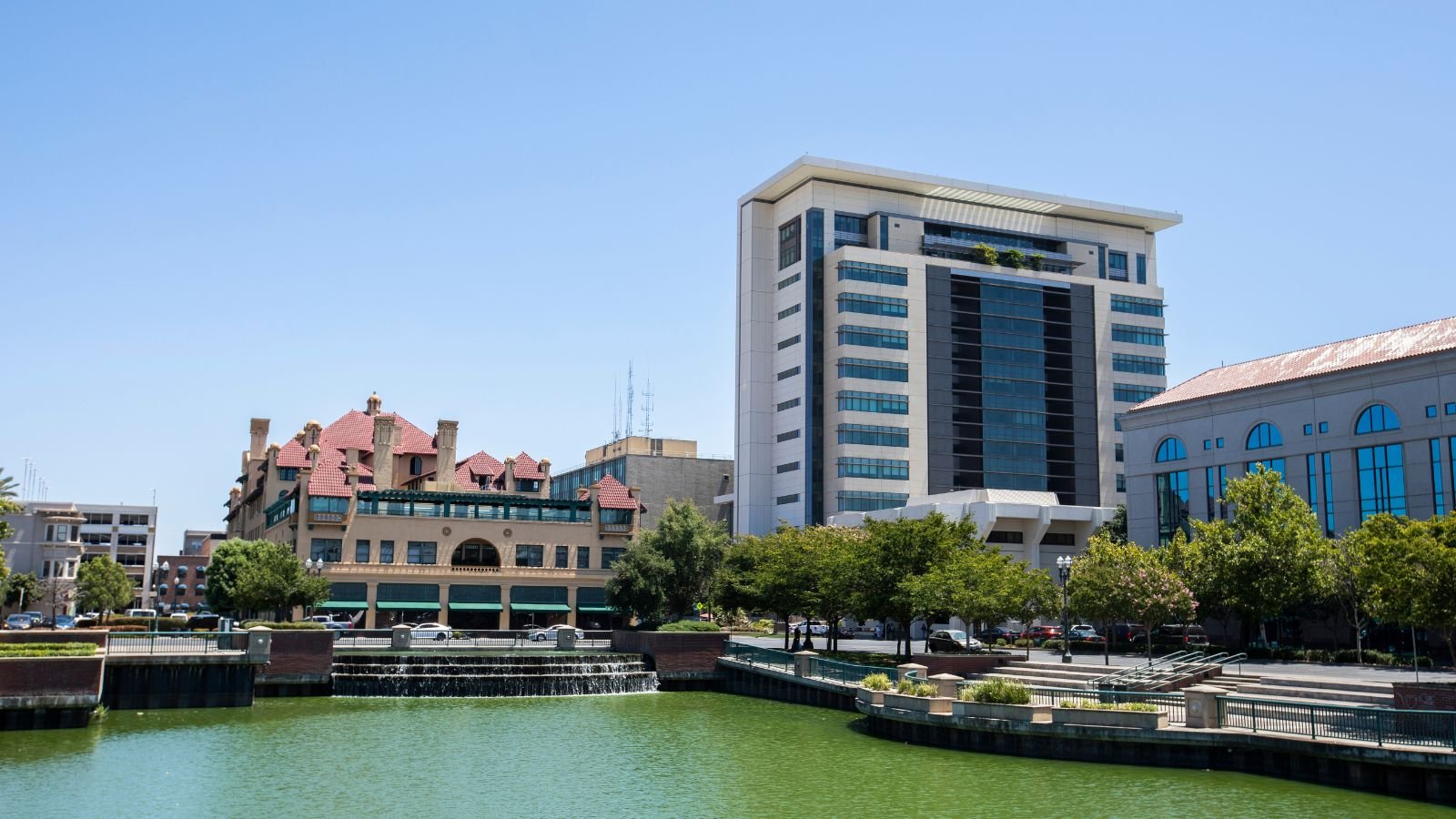
The Dixie Fire became the largest single-source wildfire in California’s history until 2021. It was ignited by lightning on July 13, 2021, and burned over 963,000 acres across Plumas, Butte, Lassen, Shasta, Tehama, and Sierra counties. The fire destroyed over 1,300 structures and tragically claimed the lives of one person.
Maui Wildfires, Hawaii (2023)

In August 2023, multiple wildfires erupted on the island of Maui in Hawaii. The wind-driven wildfire burned over 17,000 acres, forcing evacuations in some areas. Fortunately, there were no reported fatalities or significant structural damage from these fires.
Texas Wildfires (2024)
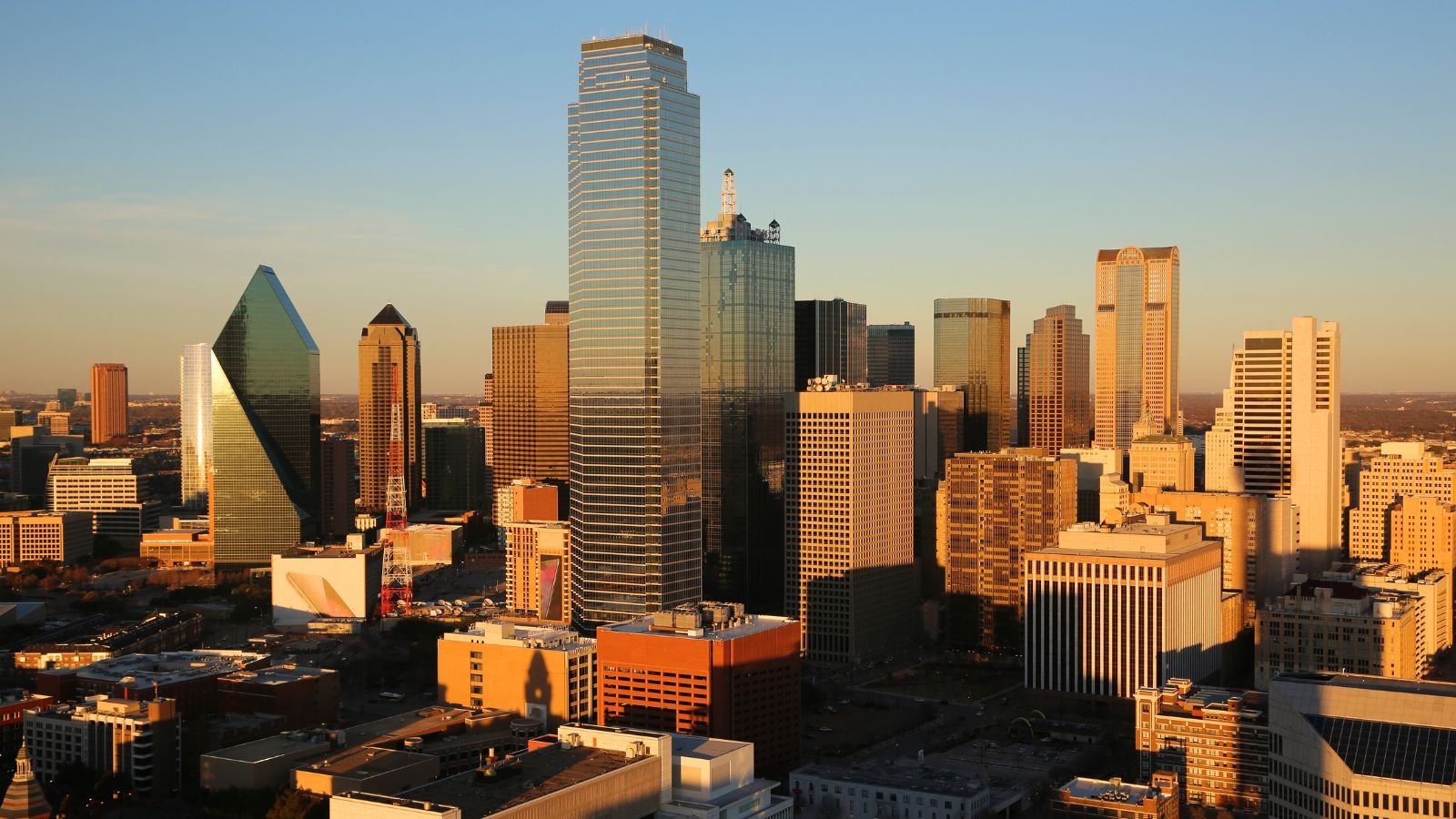
This ongoing event refers to several major wildfires that erupted in Texas in late February 2024. The most notable one includes the Smokehouse Creek Fire, which surpassed 1.07 million acres in burning making it the largest wildfire in Texas history and the second-largest in the US.
